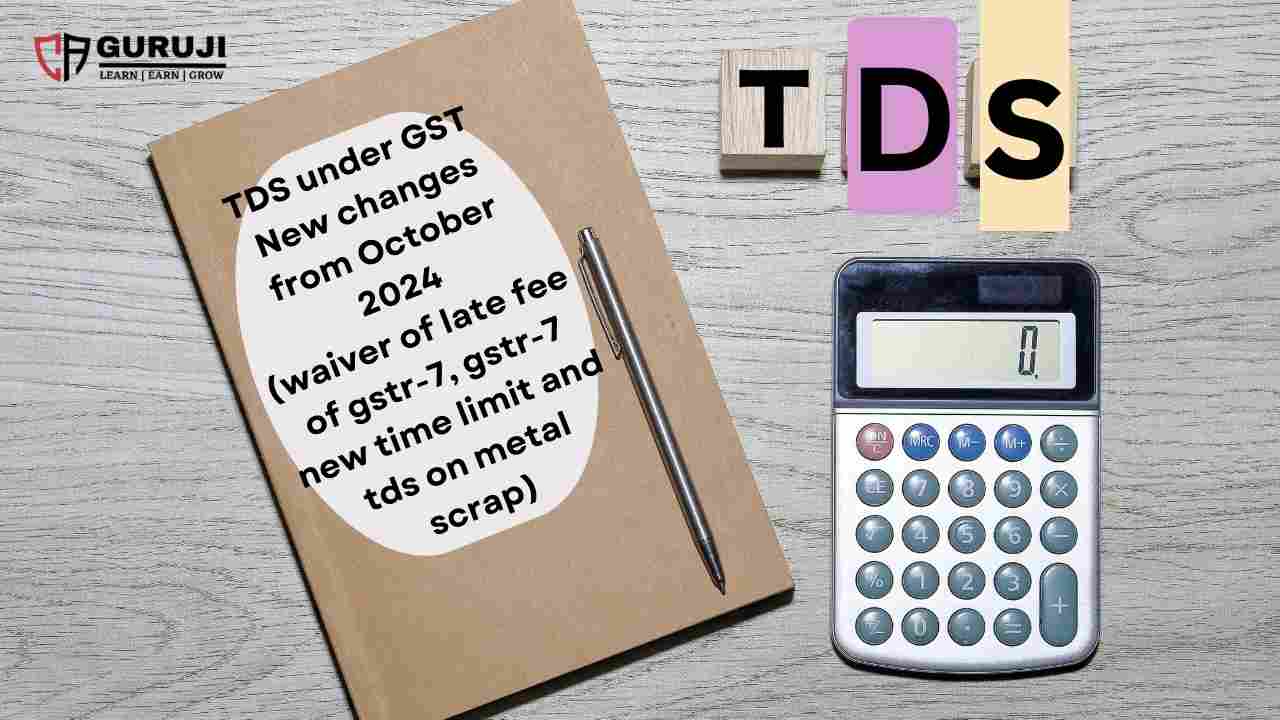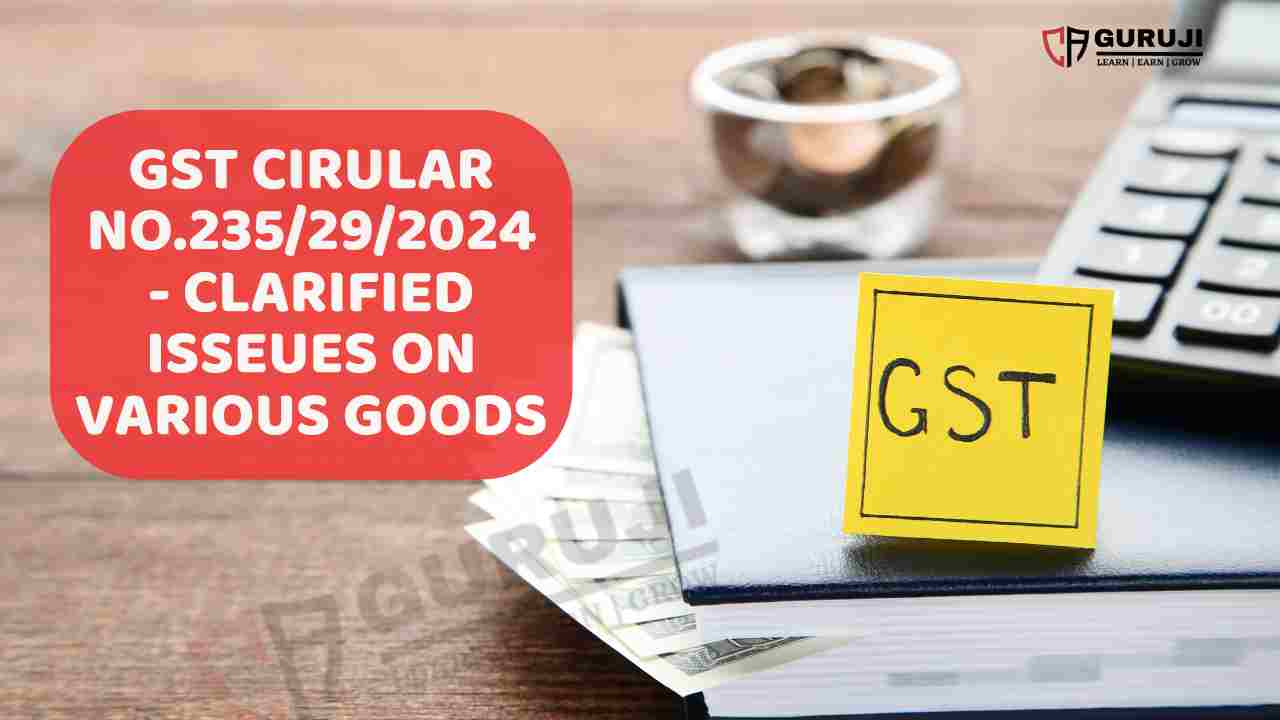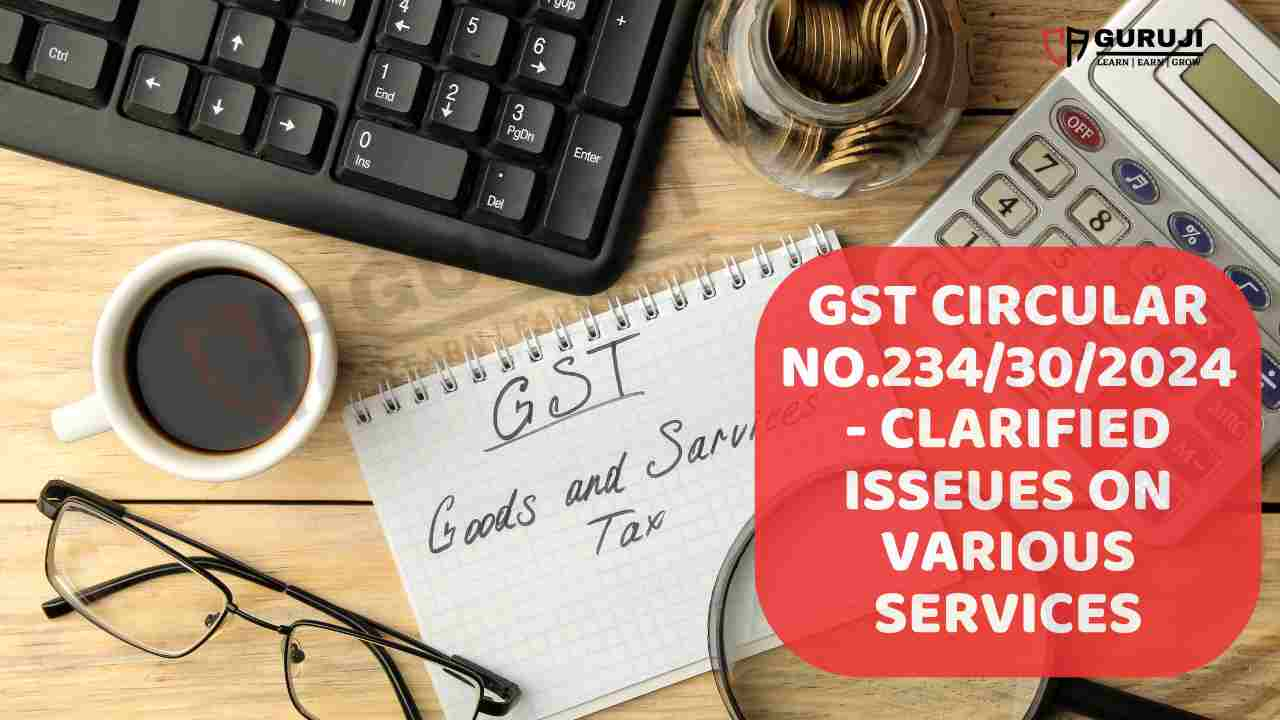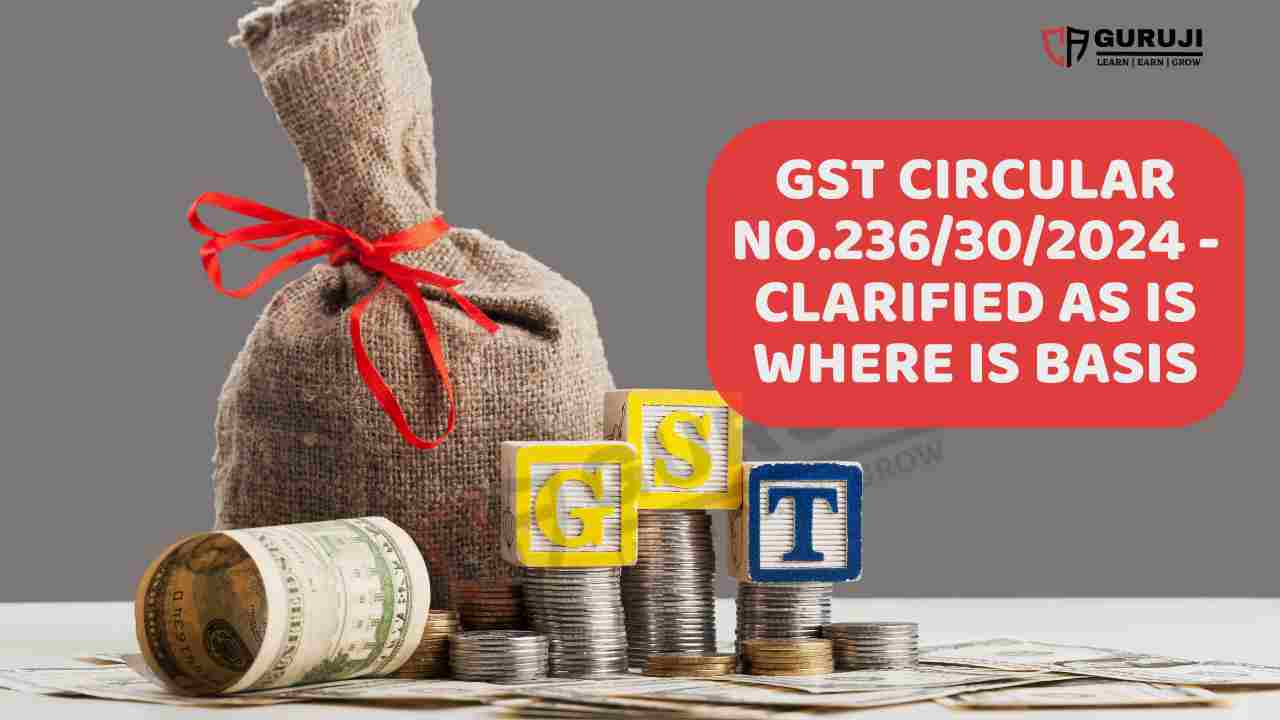Tax Deducted at Source (TDS) under the Goods and Services Tax (GST) is a crucial mechanism for timely tax collection and ensuring tax compliance in supply chains. As per Section 51 of the CGST Act, certain entities are required to deduct TDS on payments made to suppliers for taxable goods and services. In 2024, the Central Board of Indirect Taxes and Customs (CBIC) introduced important updates, especially in relation to GSTR-7 filing, waiver of late fees, and TDS on metal scrap.
This article covers the latest developments in GST TDS provisions and filing requirements for GSTR-7, including new amendments introduced in October 2024.
What is TDS under GST?
Tax Deducted at Source (TDS) under GST is a tax collection mechanism where the buyer deducts a portion of the tax amount while making a payment to the supplier. The deducted tax is then deposited with the government. The primary objective of TDS is to ensure tax collection at the source of payment and create a smooth flow of tax credits for suppliers.
Who is Liable to Deduct TDS under GST?
As per section 51:
a) a department or establishment of the Central Government or State Government; or
(b) local authority; or
(c) Governmental agencies; or
The following entities are required to deduct TDS under GST, as per NN 50/2018 from 1 October 2018:
a) an authority or a board or any other body, –
(i)set up by an Act of Parliament or a State Legislature; or
(ii)established by any Government,with fifty-one percent.or more participation by way of equity or control, tocarry out any function;
(b) Society established by the Central Government or the State Government or aLocal Authority under the Societies Registration Act, 1860 (21 of 1860);
(c) public sector undertakings
Newly Added by NNo.25/2024:
(d) any registered person receiving supplies of metal scrap falling under Chapters 72 to 81 in the First Schedule to the Customs Tariff Act, 1975 (51 of 1975), from other registered person” from 10 October 2024
Key TDS Provisions and Applicability:
- TDS Rate: TDS is deducted at a rate of 2% (1% CGST & 1% SGST) on payments made to suppliers where the contract value exceeds Rs. 2,50,000.
- TDS Applicability: TDS is not applicable where the location of the supplier and place of supply are different from the location of the recipient’s registration.
TDS Scenarios:
| Scenario | Location of Supplier | Place of Supply | Type of GST | Place of Recipient | TDS Applicability | TDS % |
|---|---|---|---|---|---|---|
| Scenario 1 | Bangalore | Bangalore | CGST & SGST | Bangalore | Yes | 2% |
| Scenario 2 | Bangalore | Chennai | IGST | Bangalore | Yes | 2% |
| Scenario 3 | Bangalore | Chennai | IGST | Delhi | Yes | 2% |
| Scenario 4 | Bangalore | Bangalore | CGST & SGST | Delhi | No | – |
New Amendment: TDS on Metal Scrap (Effective from October 10, 2024)
In a significant update, Notification No. 25/2024 – Central Tax introduced the requirement for TDS on metal scrap. From October 10, 2024, registered persons receiving metal scrap (falling under Chapters 72 to 81 of the Customs Tariff Act, 1975) from other registered persons must deduct TDS on such transactions. This change enhances compliance in the metal scrap industry, addressing tax leakages in this sector.
GSTR-7 Filing Requirements
GSTR-7 is the return form that TDS deductors must file to report the TDS deducted and deposited with the government. Previously, TDS returns under Form GSTR-7 had to be filed within 10 days after the end of the month in which the deduction was made. Key updates regarding GSTR-7 include:
- Invoice-Level Reporting:
- Notification No. 12/2024, issued in July 2024, mandated invoice-level reporting in Form GSTR-7. Deductors must provide details of invoices, payments made, TDS amounts, and the IGST/CGST/SGST breakdown.
- Waiver of Late Fees for GSTR-7 (Notification No. 23/2024):
- Issued on October 8, 2024, this notification provides a waiver of late fees for GSTR-7 filings from June 2021 onwards.
- The late fee has been capped at Rs. 25 per day CGST & Rs.25 per day SGST, with a maximum of Rs. 1,000 CGST & Rs.1000 SGST.
- If the total amount of central tax deducted at source for a month is nil, the entire late fee for GSTR-7 filing is waived.
- The waiver comes into effect from November 1, 2024 .
New Deadline for GSTR-7 Filing (Notification No. 20/2024)
Notification No. 20/2024 also introduced a new timeline for filing Form GSTR-7. TDS returns must now be filed on or before the 10th day of the month following the deduction month.
In the said rules, , in rule 66, in sub-rule (1), after the word, letters and figure “FORM GSTR-7”, the words “, on or before the tenth day of the month succeeding the calendar month,” shall be inserted with effect from the 1st day of November, 2024
Benefits of TDS to the Supplier (Deductee):
Once TDS is deducted and deposited by the deductor:
- It is reflected in the electronic cash ledger of the deductee (supplier).
- The deductee can claim credit of the TDS for payment of other GST liabilities.
In case of excess TDS deduction, a refund can be claimed by the deductor or deductee under applicable refund provisions.
Visit www.cagurujiclasses.com for practical courses










